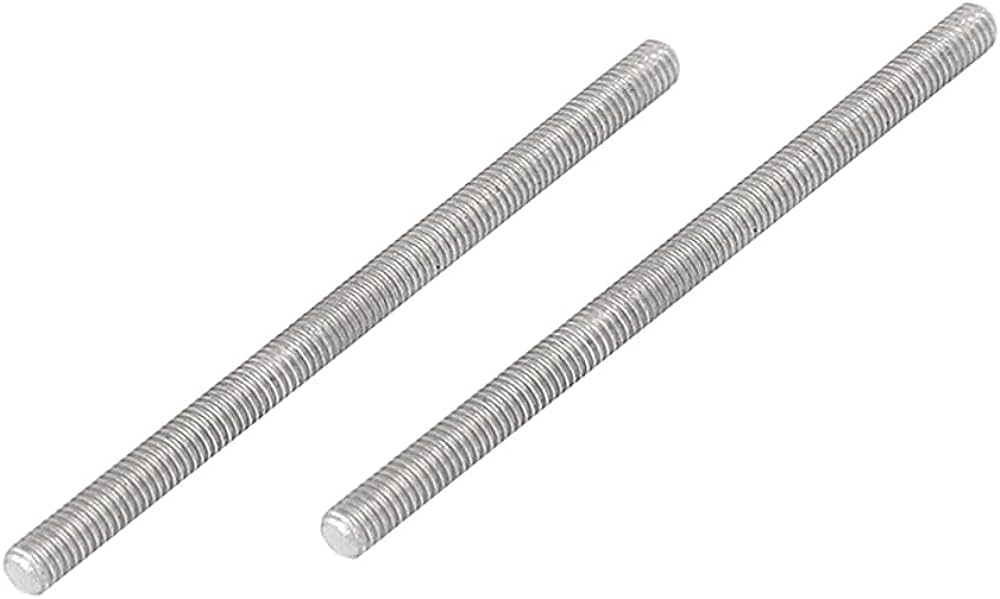An Overview of Threaded Shafts

What is a Threaded Shaft?
A threaded shaft is a cylindrical rod with a helical ridge or "thread" cut or rolled onto its surface. The thread enables the shaft to engage with compatible threaded components, such as nuts or couplings.
The size, pitch (distance between threads), and type of threading vary depending on the application.
For example, a fine pitch is ideal for applications needing high precision, while a coarse pitch is used for applications requiring greater load-bearing capacity.
Types of Threaded Shafts
Threaded shafts come in a range of types, each suited to specific uses:
- Lead Screws: Lead screws are commonly used in linear motion systems, where they are paired with a nut to convert rotary motion into linear motion. They are often found in applications requiring precision, like 3D printers, CNC machines, and other automation equipment.
- Ball Screws: Ball screws are similar to lead screws but include ball bearings within the nut. This reduces friction and increases efficiency, making them ideal for high-speed applications that require smooth movement and low resistance, such as in robotics or heavy machinery.
- Acme Threaded Shafts: The Acme thread profile is a robust and widely used design known for its strength. These shafts are often found in machinery where durability and heavy load-bearing capacity are necessary, such as in industrial presses or clamps.
- Threaded Rods: Threaded rods are fully threaded shafts without a distinct head or end. They can be cut to size and used for joining, mounting, and tensioning applications, making them a versatile option for the construction, automotive, and plumbing industries.
How Threaded Shafts Work
Threaded shafts operate based on the principle of rotational-to-linear motion conversion.
When a threaded shaft is rotated within a threaded nut, the design of the threads causes the nut (or the shaft, depending on the configuration) to move linearly.
The direction and extent of this movement depend on the thread’s pitch and rotation. For example, turning a lead screw clockwise will push a nut forward, while turning it counterclockwise will pull it backward.
This functionality allows for precise control over movement, positioning, and load distribution, which is why threaded shafts are often chosen for applications where accuracy and control are essential.
Advantages of Threaded Shafts
Threaded shafts offer several benefits across different applications:
- Precision Control: Threaded shafts enable fine adjustments and controlled movement, making them ideal for applications where exact positioning is critical.
- Load-Bearing Capacity: Threaded shafts, especially those with coarse threads, can handle significant loads, which is essential in heavy-duty applications.
- Durability and Versatility: Threaded shafts are made from durable materials like stainless steel, making them resistant to wear and capable of withstanding harsh environments.
- Efficiency: With options like ball screws, threaded shafts can operate efficiently at high speeds with minimal friction, improving performance and longevity in demanding applications.
Conclusion
Threaded shafts are fundamental components in numerous industries due to their ability to facilitate controlled, precise movements and bear substantial loads.
From lead screws in precision equipment to Acme shafts in heavy-duty machinery, threaded shafts provide reliable, efficient performance that’s essential for mechanical applications.
Their durability, versatility, and efficiency make them an invaluable choice for engineers and manufacturers looking to enhance the accuracy and functionality of their systems.
Note: IndiBlogHub features both user-submitted and editorial content. We do not verify third-party contributions. Read our Disclaimer and Privacy Policyfor details.




